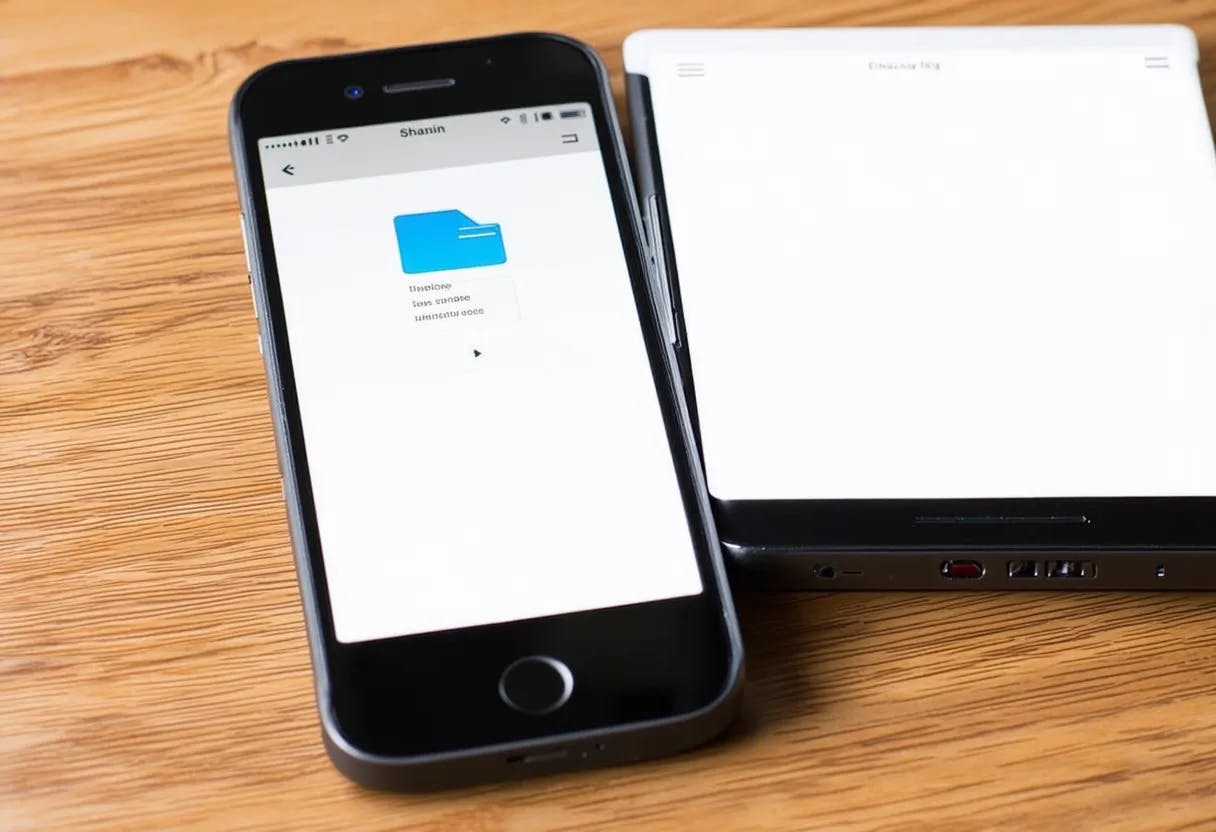UMG Recordings, Inc. v. Verizon Communications Inc., Court Filing, retrieved on January 29, 2024, is part of
THE GLOBAL PEER-TO-PEER PIRACY PROBLEM
66. While the digital age has brought many benefits, it has also facilitated the unprecedented online piracy of copyrighted works. Indeed, federal courts have recognized the “detrimental effect of file-sharing” through P2P networks and the “staggering” level of copyright infringement on the Internet. Arista Records, LLC v. Doe 3, 604 F.3d 110, 124 (2d Cir. 2010) (quoting Metro-Goldwyn-Mayer Studios Inc. v. Grokster, Ltd., 545 U.S. 913, 923 (2005)).
67. Use of P2P distribution systems is the dominant method of engaging in the unauthorized downloading and distribution of copyrighted music over the Internet. P2P is a generic term used to refer to a decentralized network of users whereby each Internet-connected participant (i.e., a “peer” or a “node”) can act as both a supplier and consumer of content files. Early P2P services, such as Napster and KaZaA, have been replaced by even more robust and efficient systems, most notably a protocol called “BitTorrent.” The online piracy committed via BitTorrent is stunning in nature, speed, and scope. Utilizing a BitTorrent client—essentially a tool that manages the uploading and downloading of files through BitTorrent technology—persons connected to the Internet can locate, access, and download copyrighted content from other peers in the blink of an eye. They download copyrighted music from other network users, usually total strangers, and end up with complete digital copies of any music they desire—without payment to copyright owners or creators.
68. BitTorrent is uniquely efficient in the way it facilitates illegal file transfers. On earlier P2P networks, a user wanting to download a music file would have to locate another Internet-connected peer with the desired file and download the entire file from that peer. BitTorrent facilitates much faster downloading by breaking each file into pieces, allowing users to download different pieces of content simultaneously from different peers. It works on a “tit-fortat” system, through which users must upload (i.e., distribute) files in order to download files. Thus, the BitTorrent system’s design ensures that users begin disseminating content the instant they start downloading it. This means that, at any given time, each user connected to the Internet can be both downloading and uploading different pieces of a file from, and to, multiple other users. Once a user has downloaded all of the file pieces, the file is automatically reassembled into its complete form.
69. BitTorrent has been and continues to be used widely as a vehicle to infringe copyrighted music online, including during the period of infringements at issue here. As of August 2020, BitTorrent and uTorrent (another popular torrent client) had been downloaded and installed over 2 billion times.[7] The network intelligence company Sandvine reported that in 2021, BitTorrent accounted for nearly 10% of the total upstream volume of Internet traffic and nearly 3% of all Internet traffic globally.[8] The continuing, extensive use of BitTorrent to infringe sound recordings is borne out by the nearly 350,000 infringement notices Plaintiffs sent to Verizon.
70. Internet access is essential for P2P file-sharing, including via BitTorrent. In other words, to download or upload files via BitTorrent, a person must have an Internet connection. Faster download and upload speeds enable faster and more efficient copying and distribution of files over BitTorrent and other P2P protocols. Repeat infringers—including Verizon subscribers whom Plaintiffs and other rightsholders observed using BitTorrent to unlawfully copy and distribute copyrighted works—are drawn to Verizon’s high-speed Internet service because they can infringe copyright-protected music efficiently, extensively, and repeatedly, without consequence. Because BitTorrent operates anonymously, it is impossible for copyright holders to address P2P infringement on their own. The only user-identifying information available to rightsholders monitoring P2P activity is a user’s IP address, and thus effective monitoring requires ISP participation to match IP addresses to specific subscribers.
Continue Reading Here.
About HackerNoon Legal PDF Series: We bring you the most important technical and insightful public domain court case filings.
This court case retrieved on July 12, 2024, storage.courtlistener is part of the public domain. The court-created documents are works of the federal government, and under copyright law, are automatically placed in the public domain and may be shared without legal restriction.
[7] BitTorrent Inc. Blog, “BitTorrent Crosses Historic 2 Billion Installations” (Aug. 11, 2020), available at https://www.bittorrent.com/blog/2020/08/11/bittorrent-crosses-historic-2-billioninstallations (last accessed June 19, 2024)
[8] Sandvine, “Phenomena: The Global Internet Phenomena Report” (Jan. 2022), available at https://www.sandvine.com/global-internet-phenomena-report-2022 (last accessed June 19, 2024).

